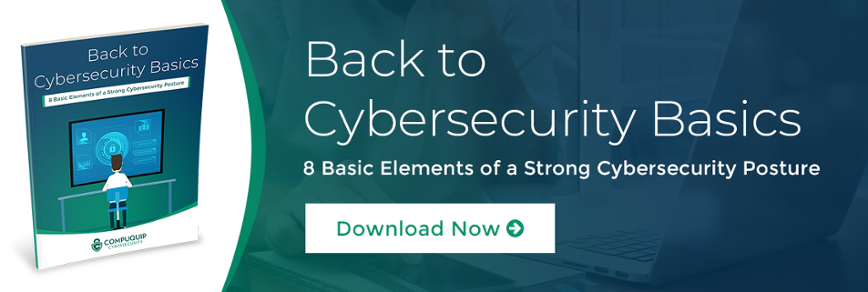How to Build an Effective Cyber Threat Intelligence Framework
When it comes to preventing cybersecurity threats from causing damage and disruption to your business, knowledge really is power. Knowing the methods and tools attackers are most likely to use can help you better prepare your cybersecurity architecture and procedures to thwart incoming attacks. This is where having an effective cyber threat intelligence framework becomes important.
The question is: How can you build an effective threat intelligence framework? Specifically, how can you make sure that you have the right cyber threat intelligence feeds and tools to be aware of major threats so you can respond to them?
Here are a few tips for building an effective cyber threat intelligence framework that will benefit your organization:
Define What You Need to Protect
Choosing threat intelligence tools before you have a complete inventory of the data and systems you need to protect is putting your cart before the proverbial horse. Sure, you could do things this way, but it’s not as likely to be as fast, effective, or efficient as doing things in the right order.
Part of picking out effective cyber threat intelligence tools is knowing what you have to protect and why. Knowing this helps you create a profile for the kinds of attackers who will target your data and systems—whether they’re for-profit individuals, hacktivist groups, or state actors. Having a profile of your most likely attackers makes it easier to choose the right cyber threat feeds to subscribe to. It can even help you anticipate specific types of attacks that are popular amongst attackers who belong to a particular category.
So, before you go selecting threat intelligence tools for your intelligence framework, take some time to run a comprehensive assessment of your business’ network and the assets on it—including what data you have and where on the network that data is stored. Incidentally, having this information is also important for optimizing your cybersecurity architecture as a whole.
Set Specific Goals You Want to Achieve with Your Threat Intelligence Framework
What do you want to be able to use your threat intelligence framework to achieve? Odds are, your first answer is “to protect my network!” However, there’s more to cyber threat intelligence framework goals than this.
Some examples of specific goals you might want to consider include:
- Improve incident response time;
- Gather forensic data for post-breach attack investigations;
- Automate key aspects of incident response;
- Keep apprised of new threat signals; and
- Eliminate “false positives” that drain attention and resources.
The cyber threat intelligence tools and feeds you use may vary depending on which goals you want to prioritize. For example, if your goal is to study forensic data for a post-breach investigation, then security information and event management (SIEM) software is almost certainly going to be an indispensable threat intelligence tool.
Continuously Refine Your Cyber Threat Feeds
Say you have a cyber threat intelligence framework in place already—one with a good selection of threat intelligence tools and feeds. It might be natural to assume that the framework is “done” at this point and no longer needs to be refined. This assumption would be incorrect.
If you want to create a truly powerful and effective cyber threat intelligence framework, it’s important to continuously update and refine both the tools and threat intelligence feeds you use for your framework. Old sources of data may not be providing as much value as you may have originally projected—creating “noise” without giving you relevant insights into the threats your business faces. Other times, a particular tool might become obsolete and need to be replaced with a more robust one.
Additionally, it can be useful to diversify your threat intelligence sources so as to gather a broad range of data.
Get Expert Help
Knowing what goals to set, which assets need protecting, and how to best optimize your threat intelligence feeds requires a fair amount of experience—experience that not every IT department may have. There are many variables that could make a given cyber threat intelligence framework more or less effective for your business’ needs. Because of this, it can be difficult to gauge what the best ways to optimize an intelligence framework are without some prior experience.
Experienced cybersecurity personnel with extensive knowledge can be difficult to acquire, however. These individuals are often quite costly to bring onboard as internal IT team staff, and they know what they’re worth. Thankfully, there is an alternative to going to the time, trouble, and expense of hiring an in-house cyber threat intelligence expert: Hiring the services of an experienced third-party cybersecurity solutions provider.
With a third-party managed security service provider (MSSP) such as Compuquip, you can get access to an entire team of cybersecurity experts for a fraction of the cost of hiring an equivalent team internally. Also, because the MSSP works with many different clients in different industries, they’ll have a broad range of experience in dealing with cyber threat intelligence framework needs—helping them know how to best optimize threat intelligence feeds and tools to better fulfill your business’ cybersecurity needs.
Get started on improving your threat intelligence framework today by contacting the experts at Compuquip Cybersecurity.

